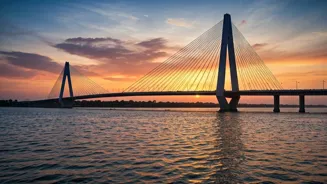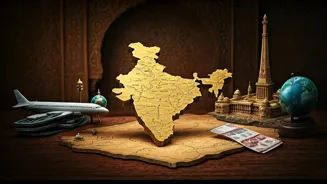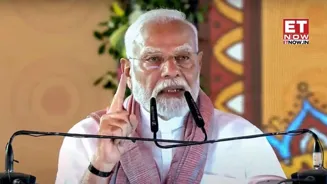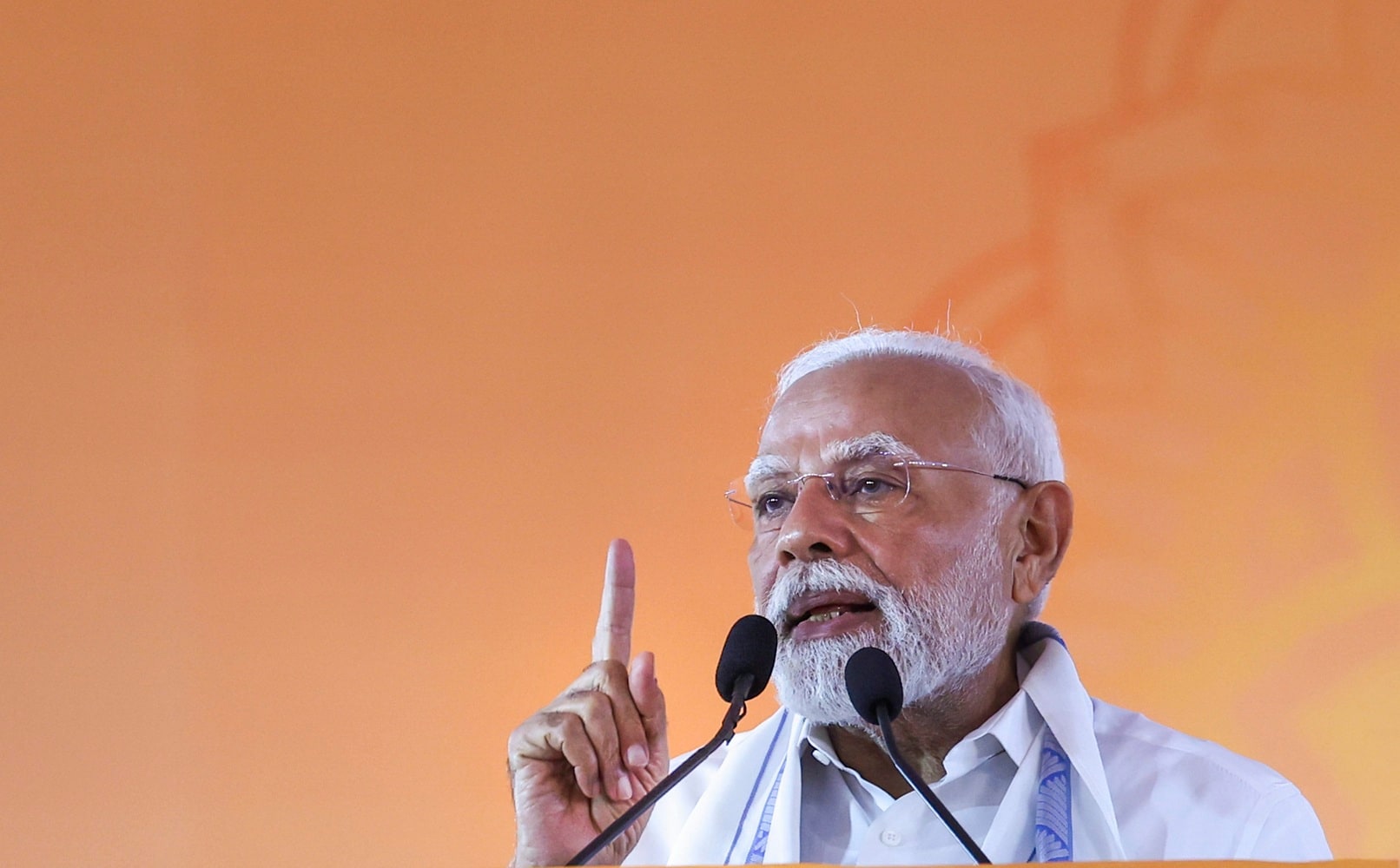Bridge's Big Impact
The newly inaugurated Aunta–Simaria Ganga Bridge promises to slash the distance between North and South Bihar by up to 100 km. This reduction directly
translates into significant savings on time, fuel, and vehicle operation costs. The bridge's completion is a major win for the region, energizing trade and supporting local industries across the state. This project is a crucial link for the people of Bihar, providing much-needed relief.
Connecting North and South
The bridge links Mokama in Patna district with Begusarai, significantly reducing travel time to just about 1.5 hours. The project provides a crucial alternative to the seven-decade-old two-lane rail-cum-road Rajendra Setu. The new bridge will ease congestion in Patna and Muzaffarpur, restoring heavy-vehicle movement, which has been restricted on the Rajendra Setu due to its age and repairs.
Construction Challenges Faced
The project faced various hurdles during construction. NHAI officials mentioned construction was limited to about seven to eight months a year due to its location in a low-lying, flood-prone area. The bridge is a key component of National Highway 31 and features India’s widest extradosed bridge with a 34-meter-wide deck, with spans ranging from 57 m to 115 m and 70 m cantilever arms.
Economic and Social Boost
This bridge, part of a series of infrastructure projects allocated by the PM, is expected to boost the economy. It will connect North Bihar regions, including Begusarai, Supaul, Madhubani, and Araria, with South Bihar areas like Patna, Seikhpura, Nawada, and Lakhisarai. This enhancement will aid economic development, supporting local industries, and making transport of goods more efficient, helping local communities to thrive.













